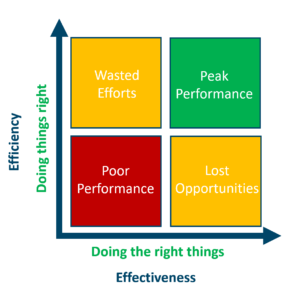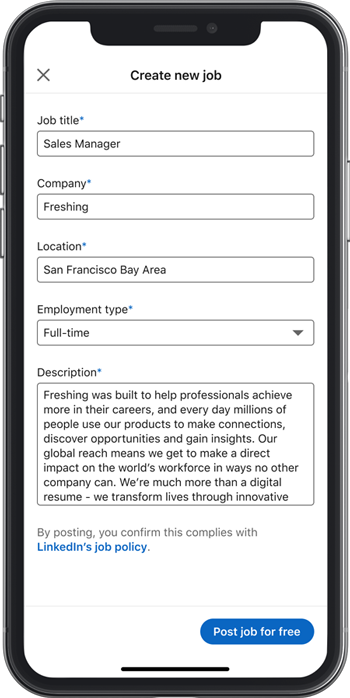Josh Zywien, the CMO of Paradox, made a great hire recently, and I sent him a note telling him so. I like to do that. He knows he made a great hire, but it’s always nice to get a note confirming your belief! If you don’t know Josh, you should give me a follow, he’s one of the good guys in our industry.
Josh responded to my note with a statement I wanted to share because it’s profound:
I like to hire people who have a ‘high give-a-damn’!
I absolutely love that and told him I was stealing it!
What does hiring for High Give-a-Damn Mean?
It’s one of those intangibles you know when you see it. Like porn. Hard to explain, but when I see it, I know what it is. High Give-a-Damn (HGD) individuals don’t just care about their job and their company. HGD is pervasive in all aspects of their life. You’ll see it come out in other ways away from their career as well.
The High Give-a-Damn Traits:
- High attention to detail
- Live an orderly life
- Most likely, they have a well-kept house, clean, and probably make their bed every single morning.
- Classic fashionable dress styles that don’t stand out, but you notice them
- They say the right things and the right times
- They can be counted on
- Follow-through is impeccable
- They give a shit about stuff that matters
- Have a habit of taking care of their physical & mental self more than the average person.
People with HGD don’t drive around in a messy car with a coffee stain on their shirt. They might not have a lot of money, but what they have, they take care of. They do more with less because part of HGD is not to waste resources, both professionally and personally. So, you take care of your stuff. Part of your ‘stuff’ is your personal self.
I’ve written about organizations “Hiring Pretty” in the past. Scientific research shows that organizations that tend to hire more attractive people actually have higher results. There is a bit of this in HGD. Individuals with HGD most likely get the most out of the attractiveness they have.
It doesn’t mean the person has to be naturally ‘pretty,’ but think of the time when you took that one selfie, that one time when you were feeling super cute, had that one hat on, the light was right, and now it’s your favorite IG photo. Yeah, that, but now what if you did that every day? That’s HGD. “Felt cute, not ever gonna delete!”
Now, at this point, you might be saying, “Tim, all of this seems superficial. There is nothing here about skill or performance, about actually being able to do the job.” Yeah, I’m not only hiring for HGD and nothing else. This is about what if I had three people who had similar skill levels, education, and experience. At that point, my tiebreaker is, who has the most HGD?
Who is going to bring the most HGD to the team? Because in the end, when I’m going to war with my team, I want people who give a damn. Yeah, we might be making widgets for crackheads, but I still want people who want to make the best widgets for crackheads. People who want to make sure that crackhead has the best experience with our product and service. (Right now, Josh is like, WTF, how did I get in a Tim Sackett Blog Post with Crackheads!?)
Not enough Hiring Managers are hiring for HGD. In fact, as a society, we have kind of gone soft on HGD. We have this belief that you can be HGD in your personal life but not your professional life, or vice versa. The reality is true that HGD is always on or never on as a personality trait. You either give a damn about your life, or you don’t. I want to be around and work with people who are HGD.


